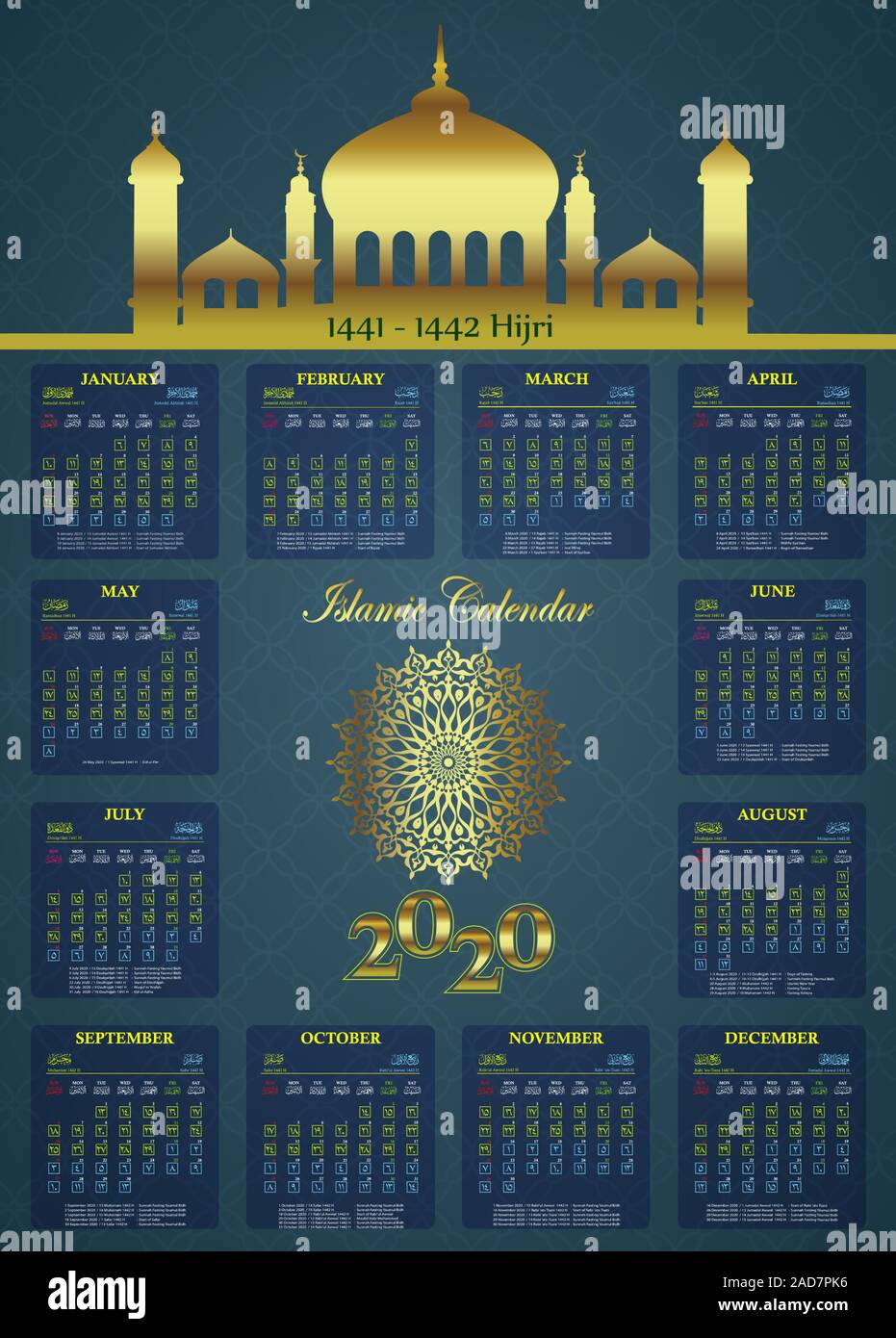

For example, 2018 Gregorian begins in Rabi’ II, the fourth month of hijri 1439, and it ends in that same month in hijri 1440. However, the results can be slightly misleading: They tell you only the year in which the other calendar’s year begins. The following equations convert roughly from Gregorian to hijri years and vice versa. This 11-day difference between the lunar and the solar year accounts for the need to convert dates from one system to the other. Its festivals, which fall on the same days of the same lunar months each year, make the round of the seasons every 33 solar years. Today in the West, it is customary, when writing hijri dates, to use the abbreviation ah, which stands for the Latin a nno hegirae, “year of the Hijra.” Because the Islamic lunar calendar is 11 days shorter than the solar, it is therefore not synchronized to the seasons. This date corresponds to July 16, 622 CE, on the Gregorian calendar. The Hijra thus occurred on 1 Muharram of the year 1 according to the Islamic calendar. ‘Umar chose as the epoch for the new Muslim calendar the Hijra, the emigration of the Prophet Muhammad and 70 Muslims from Makkah to Madinah, where Muslims first attained religious and political autonomy. This gives the lunar year 354 days, 11 days fewer than the solar year. It would be lunar, and it would have 12 months, each with 29 or 30 days. He therefore decided to create a calendar specifically for the Muslim community. Existing calendars of the era were identified with other religions and cultures. The Qur’an, in Chapter 10, Verse 5, states that time should be reckoned by the Moon. In 638 CE, six years after the death of the Prophet Muhammad, Islam’s second caliph, ‘Umar, recognized the necessity of a calendar to govern the affairs of Muslims.


 0 kommentar(er)
0 kommentar(er)
